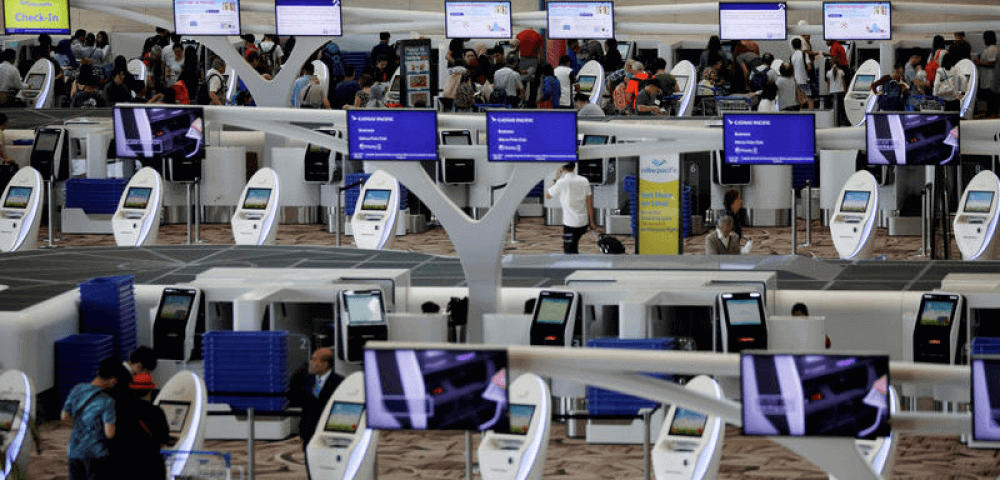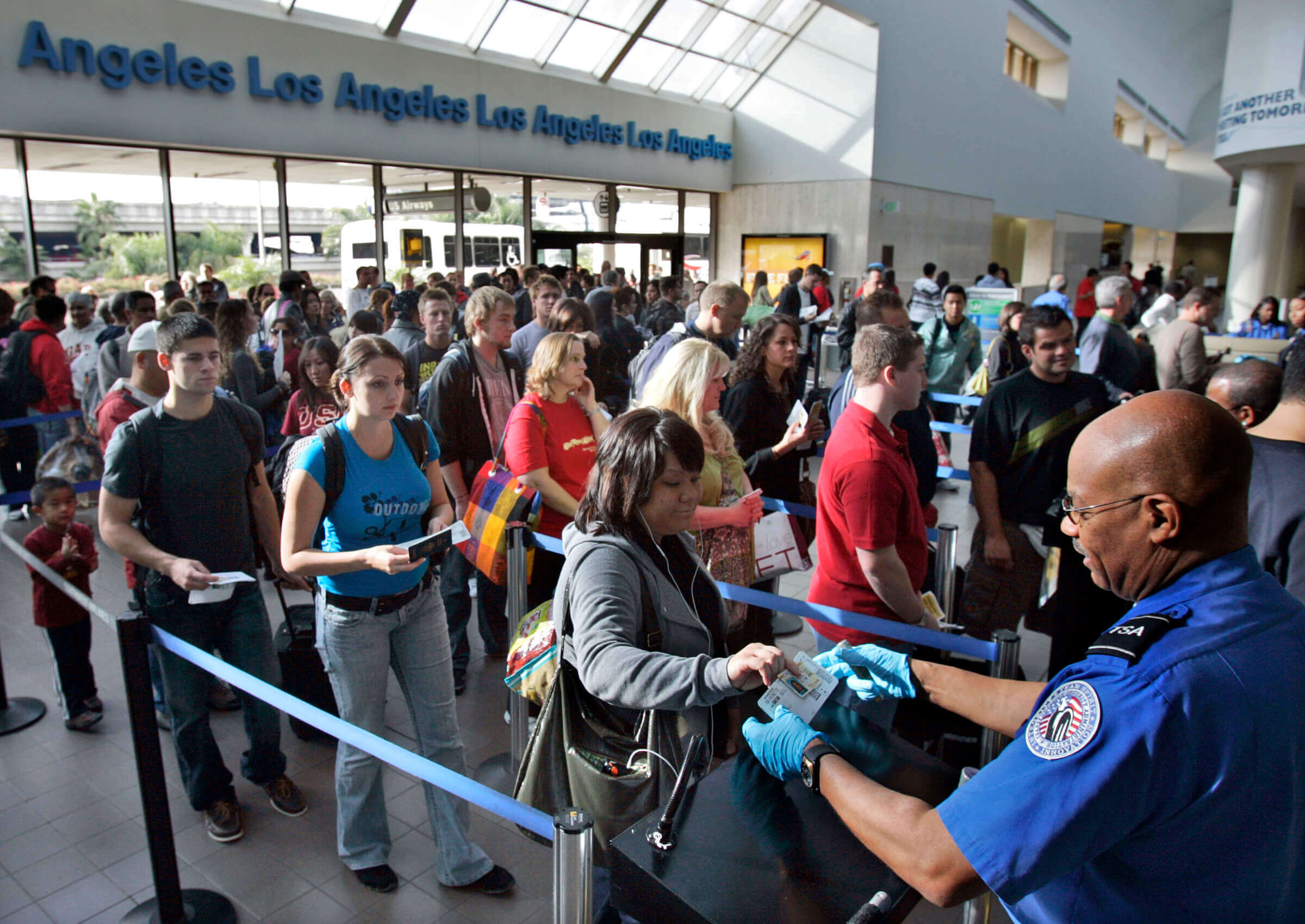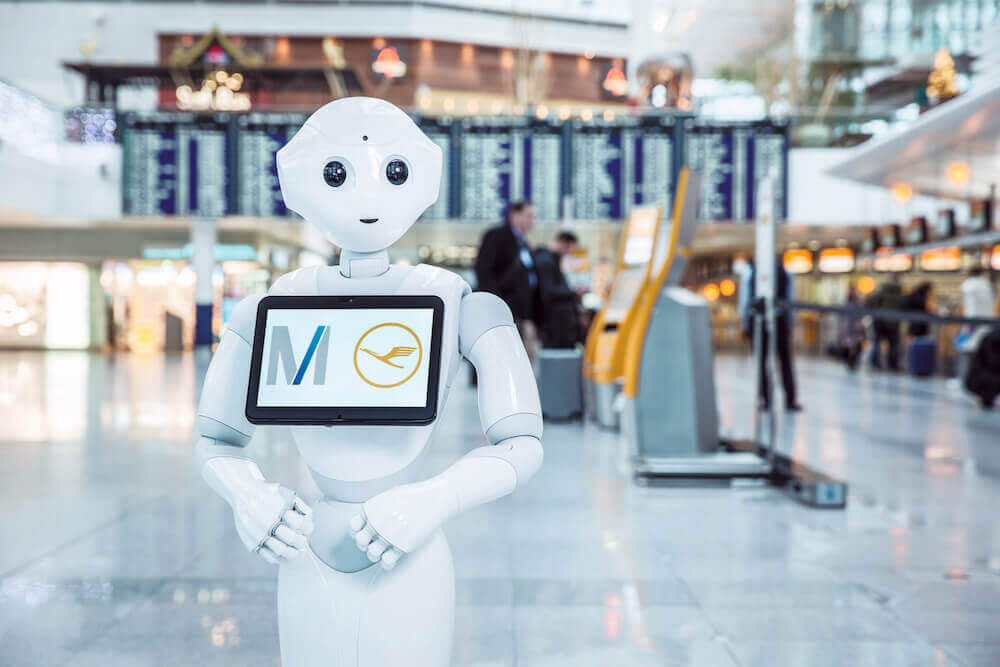How service design optimizes passenger flow?
What is service design and why is it important to use at airports?
Service design is a process to organize people, infrastructure and communication of service to optimize its quality and the relationship between the service provider and the customer. The purpose of service design is to create a service which is user-centered, relevant and competitive.
In 2017 more than 4 billion passengers traveled by air that involved 8 billion passenger journeys through the airport around the world. According to the International Air Transport Association (IATA), the number of air passengers may double to 8.2 billion by 2037. Airports can respond to this increasing demand either with infrastructure expansion or with process optimization. In most cases, expansion is not an option due to financial reasons. Airport operators need to handle the increasing amount of passengers, manage efficient terminal operations and high level of customer experience. Passenger flow management (PFM) focuses on passenger experience from arriving at the airport till departure.
Arriving at the airport & check-in
Upon arrival at the airport, passenger faces the problem of not finding easily the terminal and the desk to check-in. After finding the right counter, they face a queue which takes up between 10 to 50 minutes, according to a research based on passengers time at airport touchpoints.
Passenger flow management concentrates highly on passenger detection, passenger tracking, queue management, and mobility. Biometrics applications are introduced across the touchpoints during the passenger flow, starting at the check in with identifying passengers at self-service kiosks, in the future, it can go until the border control at the destination airport. This reduces check-in time and queue. American Airlines has become a leader in using biometrics at Los Angeles International Airport (LAX). Numerous international airports as Changi Airport, Heathrow Airport and Hong Kong International Airport have started biometric-related projects. Virgin America launched voice check-in through Amazon Alexa. The United Airlines’ customers can also use Google Assistant to start the check-in process by saying “Hey Google, check in to my flight”.

Baggage handling
The cost of dealing with mishandled bags in 2017 was 2.3 billion US dollars. From June 2018, IATA requires from its airline members to track baggages from check-in to departure till the baggage claim at the airport.
Major progress is on its way in baggage handling. With the help of automatic tag readers, that are installed over the passenger claim belts and transfer belts, they track and record tag numbers as bags are passing automatic tag readers. With tracking baggage, a huge amount of data is generated and collected. Artificial Intelligence helps airlines and airports sort this data and optimize the operation, improve passenger satisfaction. At Rotterdam, The Hague Airport, baggage robots are employed already to examine whether robots can deliver baggage more efficiently and quickly or the current machine-sorted methods.

Security check
This is one of the greatest pain points during the passenger flow. Based on a research by SITA , an air technology company in 2016, Most of the passenger’s stress is detected here. Several questions may arise in air travelers: where they have to go, where they can prepare, where they have to take off shoes, how they can know tasks beforehand, how can they say goodbye to friends or family.
The solution is to raise effectiveness, increase efficiency and reduce redundancy. As a basic solution, the clear signage has one of the core values. Example stations can be set at security showing how liquids, shoes, and bags are treated during security. Passenger movement data gathered by sensors has proven to improve efficiency at security.
The duty-free/ Lounge area
Some airports make it their main task to create engaging customer experience both in terminal and in-flight interactions . In many airports, travelers can experience a redesigned terminal with private lounges which look more like relaxing areas than business lounges. Passengers wish to spend their time to do shopping, relaxing and engaging with different entertainments till boarding. Iberia in its Premium Lounges at Madrid Airport, introduced a motion-sickness-free VR inflight entertainment. The Frankfurt Airport introduced gaming sections at the airport.
On the plane
The number of airlines who offer inflight connectivity has risen tremendously. The 2018 Wi-Fi Report by Routehappy shows that 82 airlines around the world offer inflight Wi-Fi – a 17% increase in 2017. This is good news for passengers who’re dependent on connectivity. This drives a financial potential for airline companies offering e-commerce in flight. Improved onboard connectivity offers the possibility for partnerships with online streaming companies such as Netflix or Amazon Prime.

Useful technologies throughout the flow
According to SITA’s 2018 Air Transport IT Insights, 34% of airports are planning blockchain research and development programmes by 2021. Blockchain can be used for storing biometric and other personal data and it creates faster and secure passenger flow. Passengers might be willing to share more personal data if they get more personalized service. Blockchain eliminates privacy issues.
Artificial Intelligence is already used in the passenger flow. Chatbots and virtual assistants are recommending suitable products or services, predicting preferences in the pre-travel stages. AI is also utilized in enabling operators to help in allocating resources according to optimized flow models.
Augmented Reality is used in indoor maps already, showing passengers where they are and where they are heading to. In the future, applications can help airport employees to increase customer satisfaction by AR integration.
Robots are becoming a more and more common sight in airport terminals. From Singapore to Munich, airports around the world are adopting robots to engage with customers and optimize efficiency.
Houston, Seattle-Tacoma, and Heathrow airports are the first offering services to blind and low vision passengers through smart glasses and apps. Lufthansa airlines show inflight security video with Sign Language.
recommended
articles
Find out more about the topic





Share your opinion with us